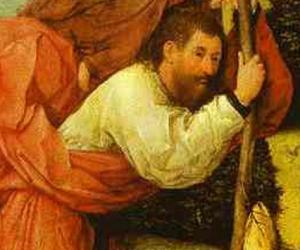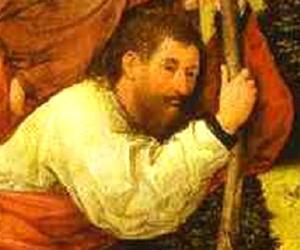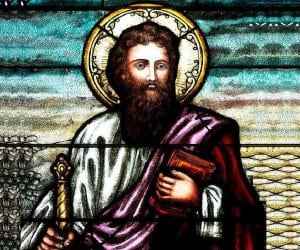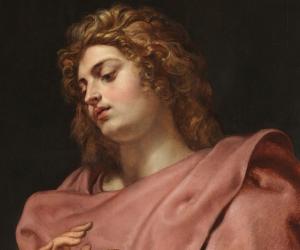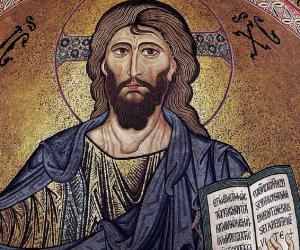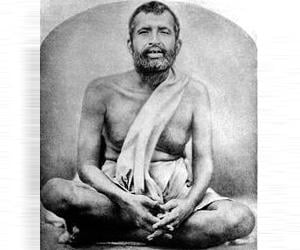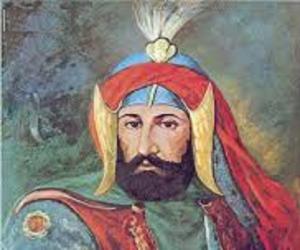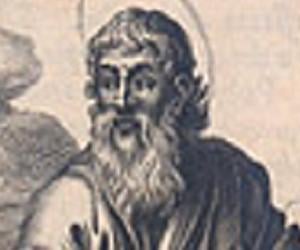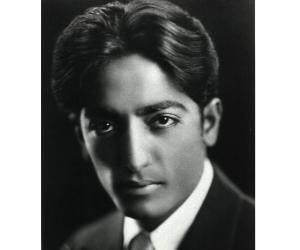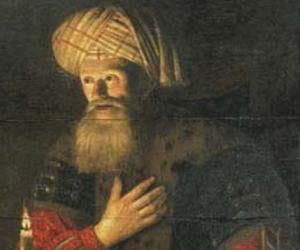Born In: Canaan
Saint Christopher
(Patron Saint of Travellers)
Saint Christopher, the patron saint of travellers, was a third or fourth-century Christian man who became a martyr following his death during the reign of Roman Emperor Decius or alternatively during the reign of Emperor Maximinus II Dacian. The confusion arises due to the similarities between the names of the two monarchs. However, Saint Christopher’s veneration started to occur late in the Christian tradition and did not turn into a common practice in the Western Church until the Late Middle Ages. Despite this, since the 7th century, Christians have been naming churches and monasteries after him. Legends about him can be traced back to sixth-century Greece. By the ninth century, they had made their way to France. The most popular version of his life and death appeared in the 13th-century ‘Golden Legend.’ According to the most popular legends about him, he was a Canaanite named Reprobus, who was exceptionally tall (5 cubits or 7.5 feet or 2.3 m) and had a fearsome face. He took a child, who later turned out to be Christ, across a river. Besides being the patron saint of travellers, he has been hailed as the patron saint of places like Baden, Germany; Barga, Italy; and Tivim, Goa, India.
70
34
